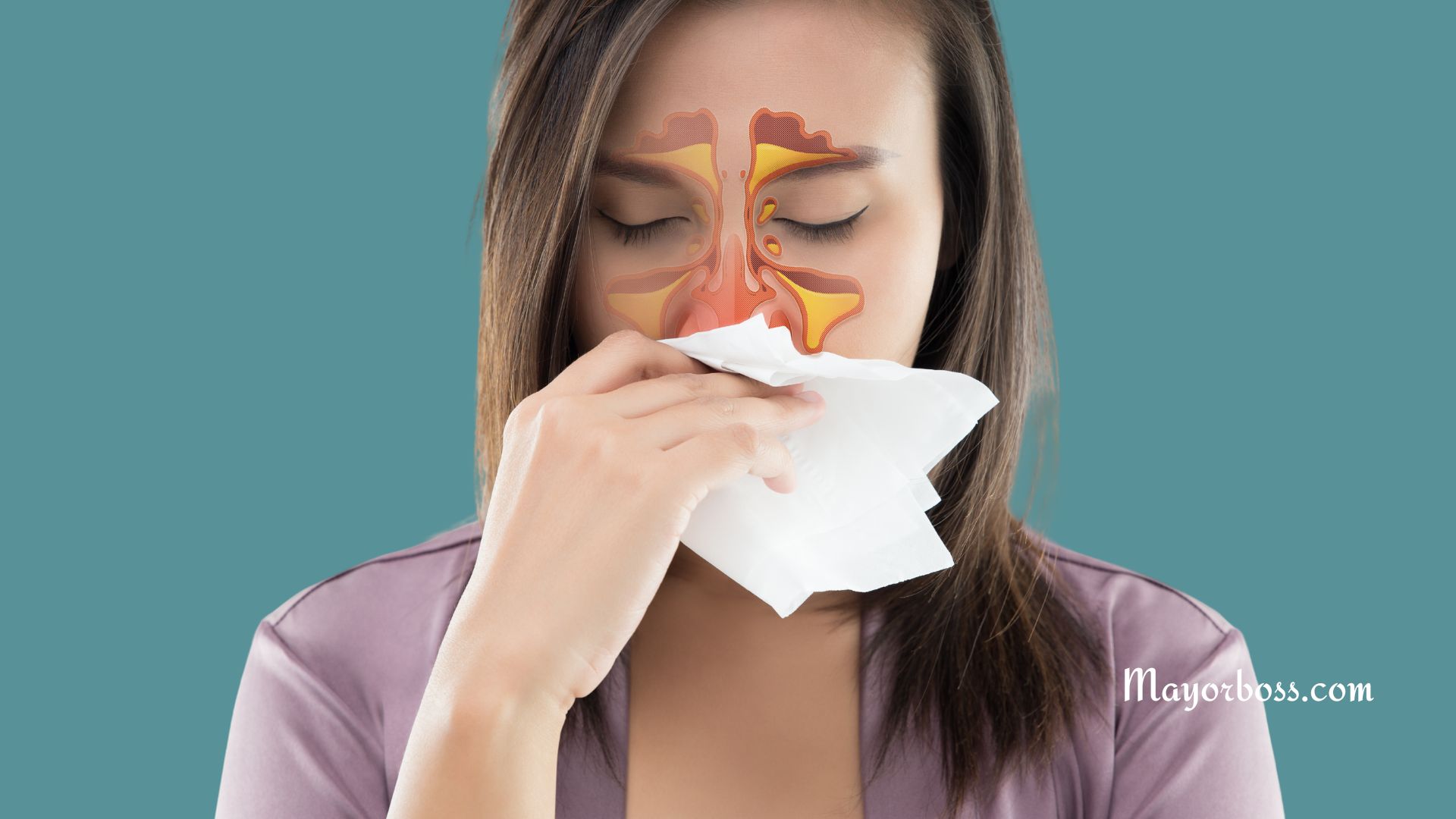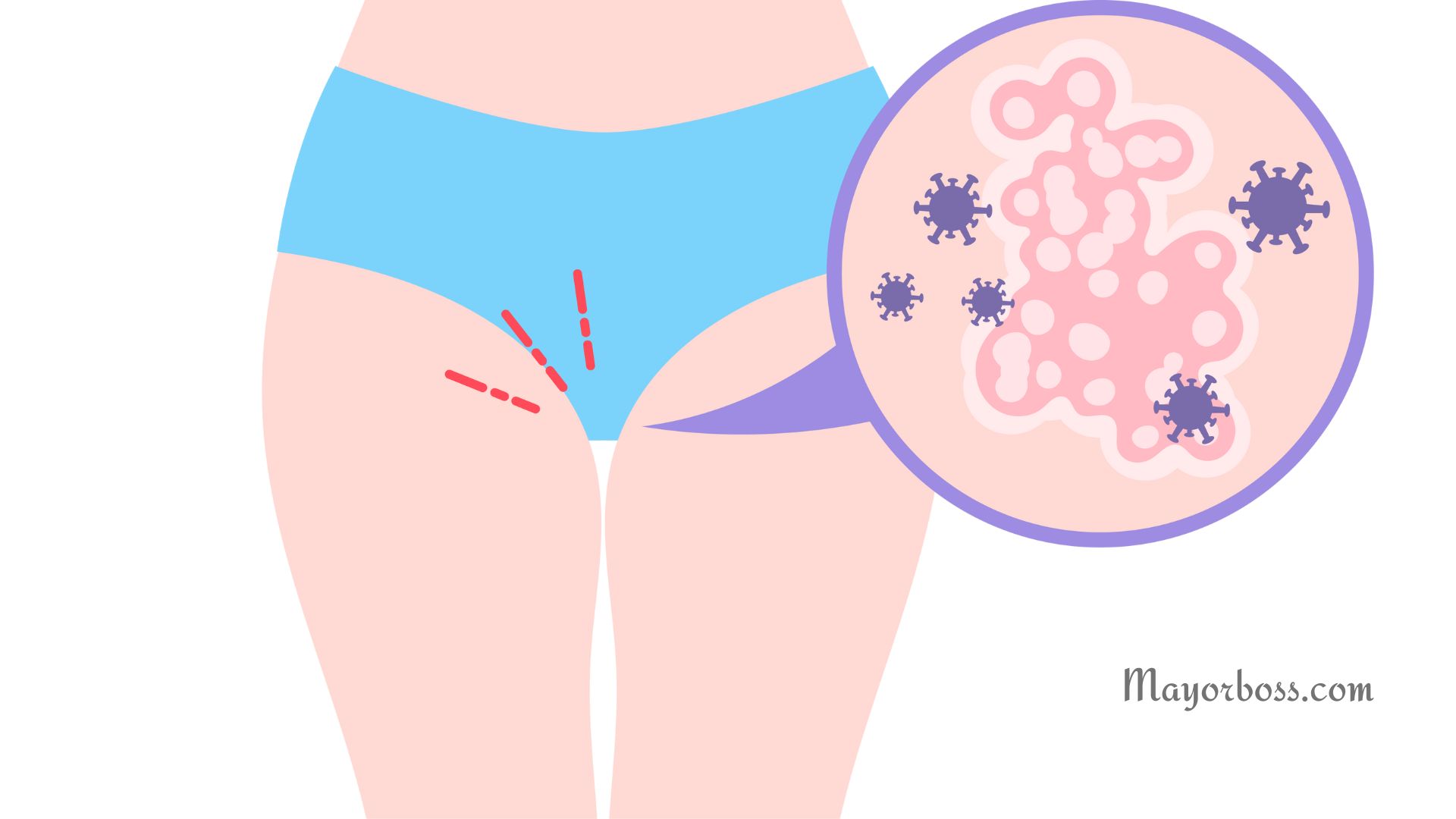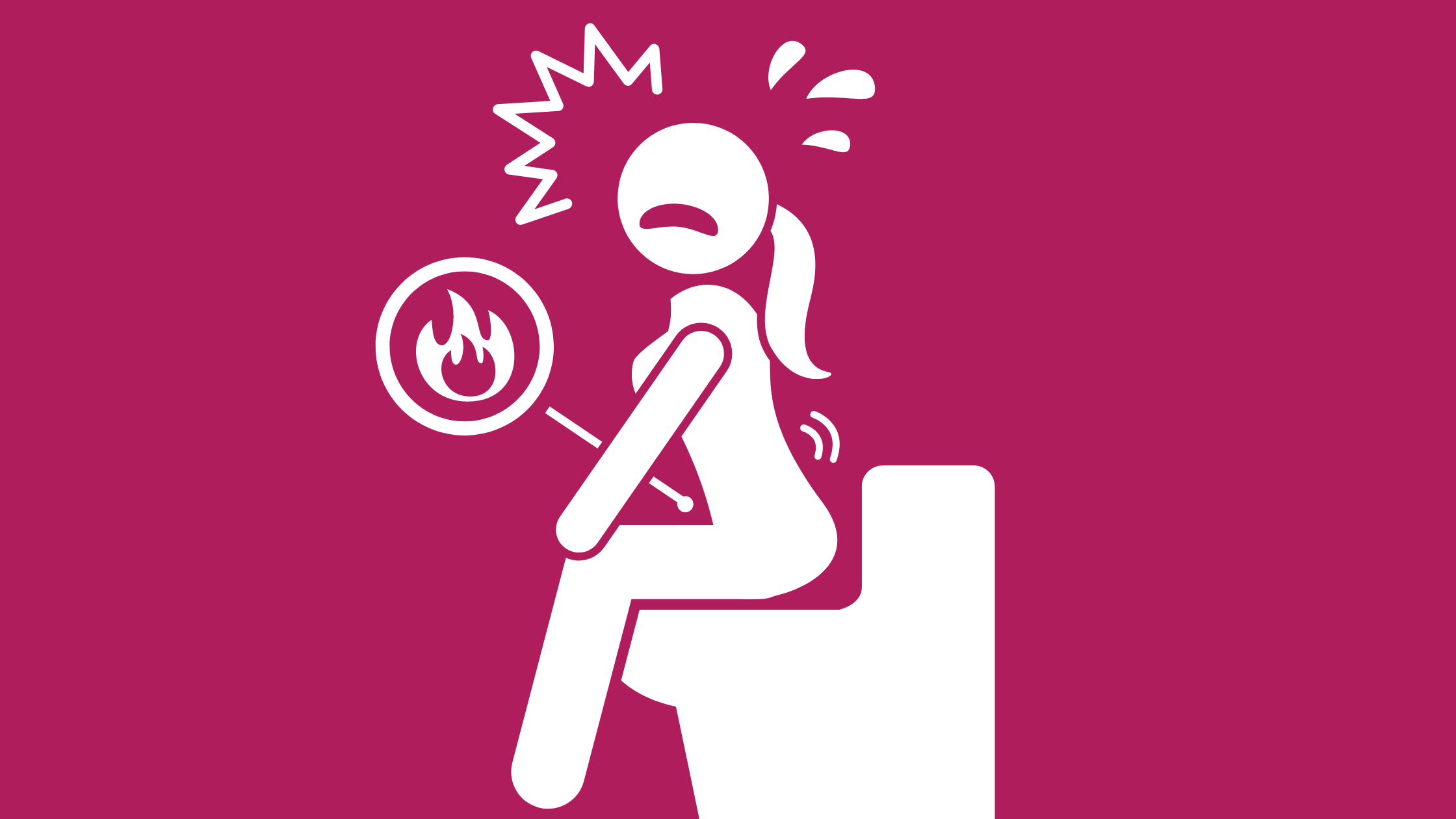What is an Infection?
A sneaky invader is lurking around, ready to pounce at any moment. It could be in the air, on surfaces, or even on your hands right now. Can you guess what it is? That’s right, infections! The mysterious world of infections can be daunting, but fear not! This article will guide you through the ins and outs of infections, arming you with the knowledge to keep you and your family safe. So, buckle up, and let’s dive right in!
What is an Infection?
Infections are caused by microscopic organisms, like bacteria, viruses, fungi, and parasites. They can invade and multiply in your body, leading to a battle between these pesky invaders and your immune system. When your body’s defenses are overwhelmed, you may experience symptoms like fever, cough, or pain, signaling that you have an infection.
Bacteria vs. Viruses
Bacteria are single-celled organisms that can cause infections such as strep throat, urinary tract infections, and pneumonia. The good news is that many bacterial infections can be treated with antibiotics. Viruses, on the other hand, are smaller than bacteria and can cause illnesses like the common cold, flu, and COVID-19. Unfortunately, antibiotics won’t work against viruses, but antiviral medications can help in some cases.
Common Infections and How to Spot Them
Now that you know what infections are, let’s examine some common types and their telltale signs.
Respiratory Infections
These infections affect your nose, throat, and lungs. Symptoms may include cough, sore throat, runny nose, and fever. Common culprits are the cold and flu viruses, but bacterial infections like strep throat and pneumonia can also be to blame.
Skin Infections
Redness, swelling, warmth, and pain are all signs that a skin infection may be brewing. Bacteria, fungi, and viruses can all cause skin infections, with conditions like cellulitis, impetigo, and ringworm being common examples.
Gastrointestinal Infections
Tummy troubles like nausea, vomiting, diarrhea and stomach cramps can signal a gastrointestinal infection. These infections are usually caused by bacteria, viruses, or parasites and can be spread through contaminated food or water.
Prevention: Your Best Defense Against Infections
Now that you’re familiar with some common infections let’s talk about what you can do to keep them at bay.
Hand Hygiene
Washing your hands frequently with soap and water is a simple yet powerful way to prevent the spread of infections. Make sure to wash for at least 20 seconds, especially after using the restroom, before eating, and after touching public surfaces.
Vaccination
Vaccines help train your immune system to recognize and fight off specific infections, reducing your risk of contracting them. Make sure you and your family are up-to-date on all recommended vaccines.
Safe Food Handling
Wash fruits and vegetables, cook meats to the proper temperature and avoid cross-contamination in the kitchen to prevent gastrointestinal infections.
When to See a Doctor
If you suspect you or a loved one has an infection, it’s essential to seek medical attention promptly. Early treatment can make a significant difference in your recovery. Don’t hesitate to reach out to your healthcare provider if you have concerns or questions about infections or your symptoms.
Some signs that you should consult a doctor include:
- High fever
- Difficulty breathing or shortness of breath
- Severe pain or swelling
- Persistent vomiting or diarrhea
- Unusual or worsening skin rash
In Conclusion
Infections can be tricky, but with the right information and preventative measures, you can keep yourself and your family healthy. Remember, hand hygiene, vaccination, and safe food handling are your best friends in the fight against infections. And don’t forget to reach out to your healthcare provider when in doubt or if symptoms worsen.






